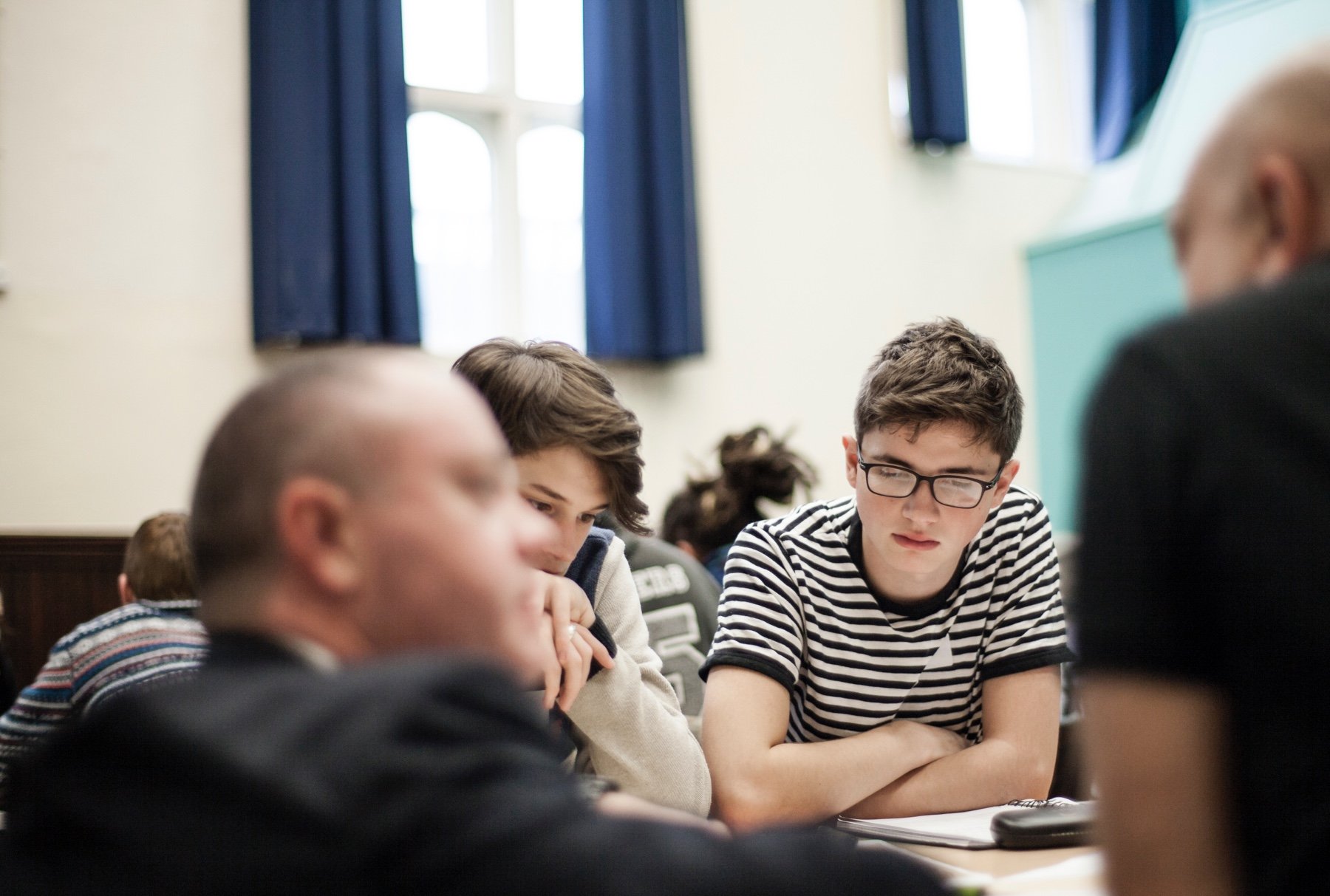The Resistant Violin
The idea for The Resistant Violin came while talking to Daniel Schorno at STEIM, Amsterdam. He mentioned how cellist Frances-Marie Uitti had difficulties playing with heavy motion sensors on her bow. Rather than lightening the sensors, I imagined developing a way of playing my violin that would ‘use’ this extra weight. From this, I imagined this weight interfering with my ‘normal’ playing, pushing me into a different kind of playing. In commercial culture, digital technologies are often advertised as making music ‘easier’, but I enjoy the implicit critique of the banality and universalism of this position by deploying digital technologies to make ‘musical expression’ more difficult.
The bow and violin are connected together at several points with very strong elastic with motion sensors at either end that generate MIDI data. This not only makes it physically difficult to ‘express’ oneself on the violin, but the data generated by the various sensors inputs to software that disrupts whatever sounds are generated. The instrument and the digital technology thus conspire to subvert expressivity, resulting in a performance that moves between aggressive struggle, and shuddering paralysis.
The Resistant Violin project by Bennett Hogg connected with the practical side of my ongoing academic research into the relations of humans and technology and is being developed in collaboration with the institute STEIM, Amsterdam. The project was a starting point for subsequent theoretical and practical research in free improvisation and live electroacoustics (see, for example, the projects Landscape Quartet, Music and Machines and the themed issue of Contemporary Music Review on ‘Resistant Materials in Musical Creativity’ which arose from the latter).
